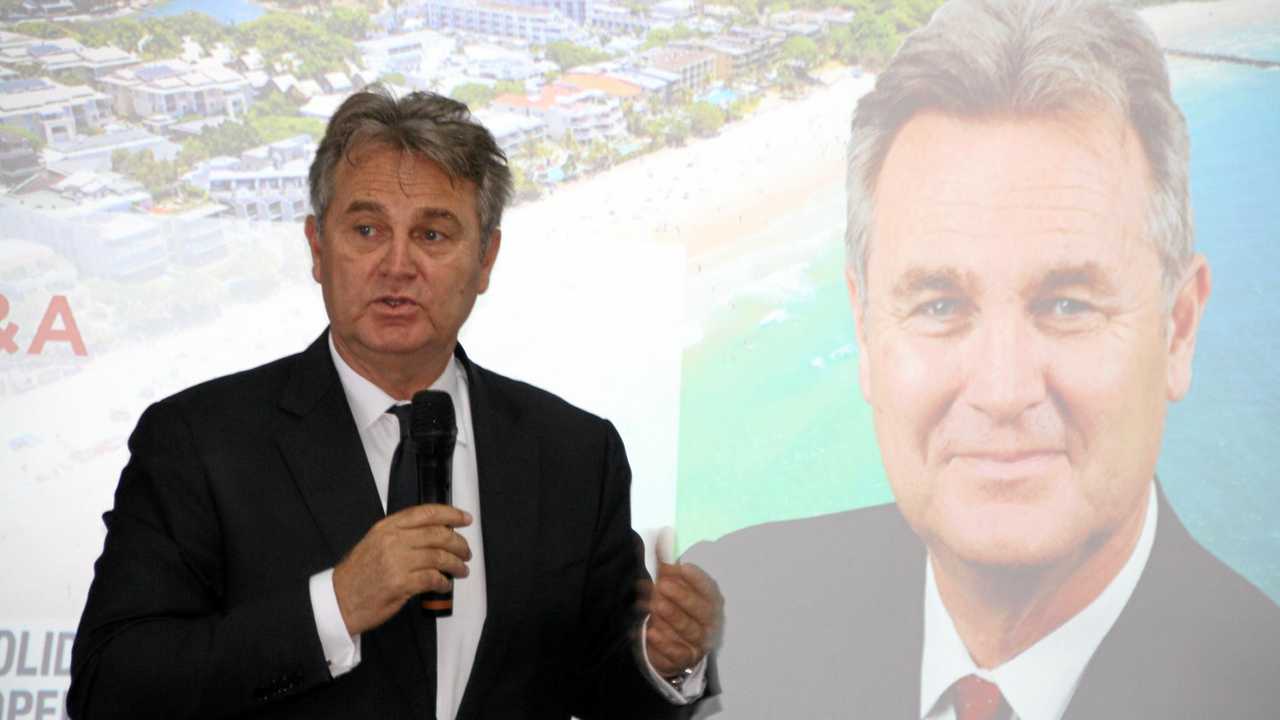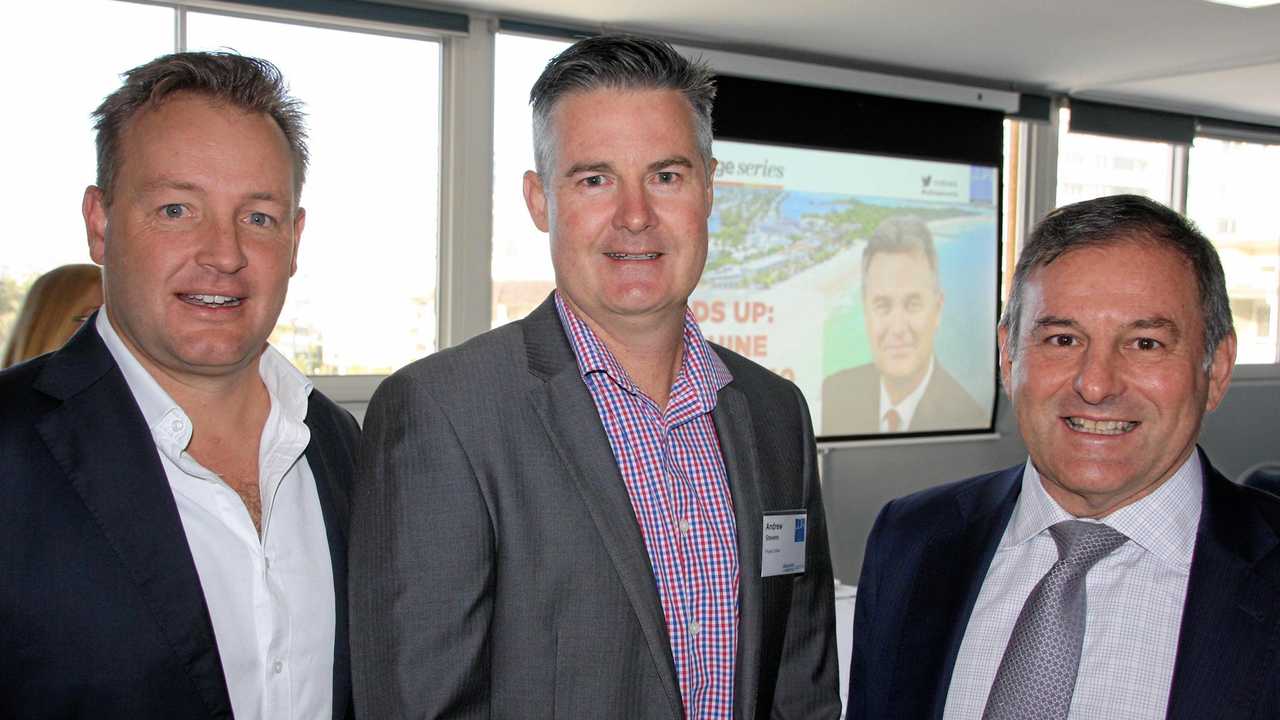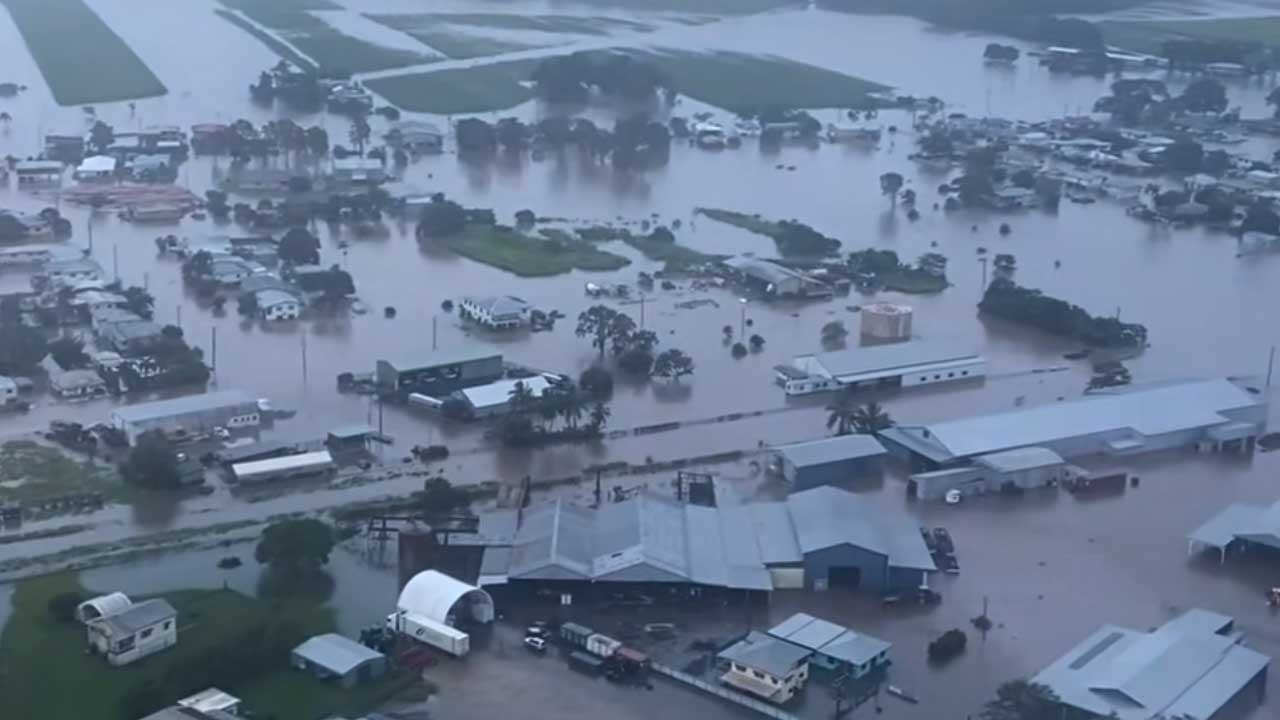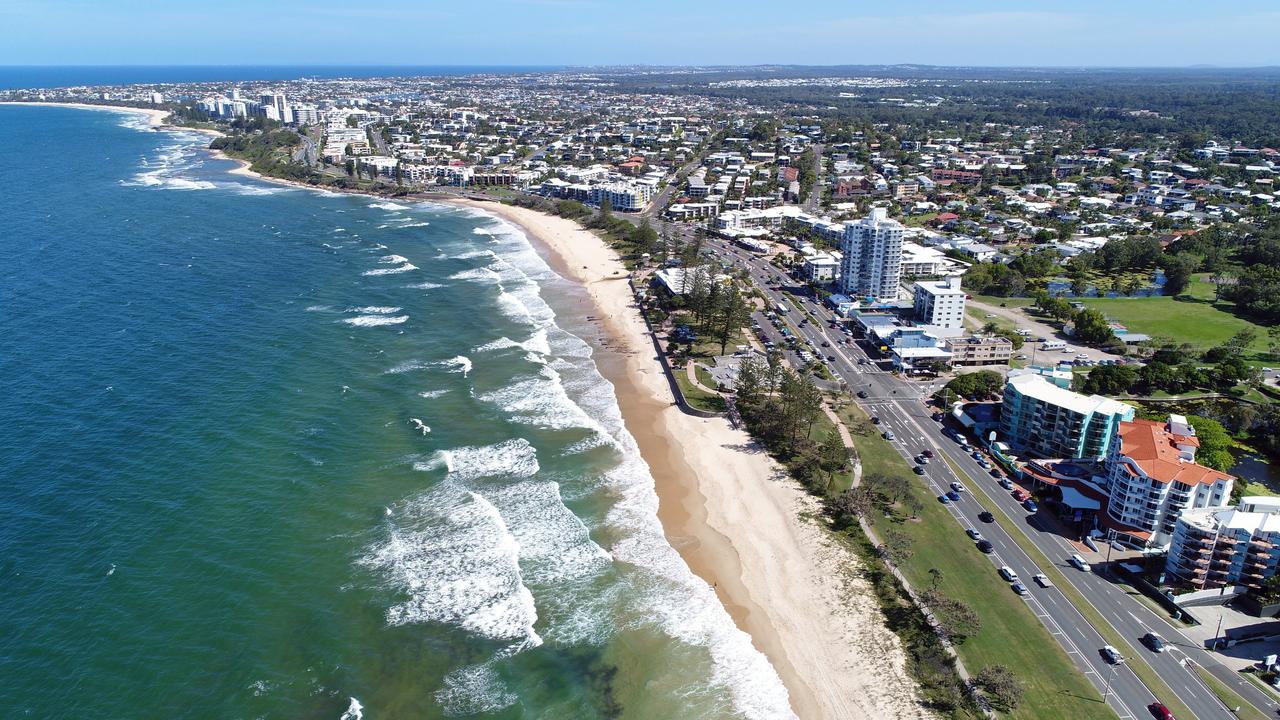Salt sees blue skies ahead for Sunshine Coast
Sustainability, not commuting, the answer to growth expectations

Sunshine Coast
Don't miss out on the headlines from Sunshine Coast. Followed categories will be added to My News.
THE Sunshine Coast is set to play a key role in the future of Queensland.
Yet when it comes to Bruce Highway upgrades to meet the projected growth ... forget it.
No matter what effort is put into easing traffic problems on the national highway it will not keep up with demand for commuters between the region and Brisbane.
The answer is to look within the Sunshine Coast itself, social commentator Bernard Salt told the Urban Development Institute of Australia (Qld) breakfast at Maroochydore last week.
Especially with the population of South east Queensland expected to double by the year 2050.
"You can never build a highway big enough to cater for the growth,'' Mr Salt said.
"The Sunshine Coast needs to become self-sustainable.''
He said that with a population of about three million from which to raise taxes South east Queensland would never be able to afford to build that much infrastructure.
A second suggestion was to create greater container-fication of Sunshine Coast - and the Gold Coast - to ease the level of commuting to Brisbane.
Look to decentralisation, he said, with state and commonwealth departments being relocated to regional areas.
One of the biggest challenges facing the Sunshine Coast is fluidity ... the ability to move around. And that brings into play the need for greater growth north of the Maroochy River.
Mr Salt said the urban configuration on the Sunshine Coast was for strip development along the coastline.
The main growth areas are from Caboolture north to Beerwah East and Palmview, Kawana and Maroochydore. But very little is happening on the north side of the Coast and he predicts a lot of energy will be in this direction.
Even if people were to live in Noosa and work in Caloundra the road infrastructure would bring the same issues as commuting to Brisbane.
"We need to rethink how to do this.
"We must continue to respond to the demands and expectations of a region with a population projected to reach 5.3million people by 2041.
Fifty years ago the Sunshine Coast population was about 37,000 yet by 2050 it is expected to reach 500,000. Australia will grow from eight million to 38million in the same time.
With the numbers being added the region will need more of everything in every age group - from kindergartens and schools to shops, housing and aged care.
"You need more of everything because of sheer scale of growth.
"Ask the 30-somethings what they want and they will tell you - jobs and affordable housing. The challenge is if housing can have a three in front of it.''
Minister for Main Roads Mark Bailey told the UDIA meeting at Maroochy Surf Club the Sunshine Coast was at the forefront of growth for Queensland, especially in population, amenity and industry.
Unemployment rates on the Sunshine Coast are down 2.4% to 4.9%, while Brisbane is down 0.6% to 5.7% and the Gold Coast down 0.7% to 5.3%.
In more good news for Queensland he said ratings agency Moody's recently removed the negative outlook it applied to Queensland in 2012.
"Moody's said Queensland is forecast to grow faster than Australia's other states, with a forecast 4% rise in Gross State Product in 2016-17, driven by exports, while household consumption continues to show steady growth and housing investment will grow solidly.''
Mr Bailey said such figures highlighted the need for effective planning to ensure the liveability and prosperity of the state.
"The South East Queensland Regional Plan maps out the next 25 years, as well as providing a 50-year projection for the future of the region.
"We must continue to respond to the demands and expectations of a region with a population projected to reach 5.3million people by 2041.
"One of the new and important features of the draft plan is a focus on unlocking land that has been identified for urban development but has so far been under-utilised.
"By unlocking this land that's already within the urban footprint we can help lessen the demand for development expanding into our natural environment.
"Significantly, for the first time the statutory regional plan balance is tipped in favour of infill development, with projections indicating a 54/46 split between infill and greenfield development.
"In this context the plan has adopted a target of 60% infill, 40% greenfield.
"We are also asking councils to ensure they have a 15 year supply of land zoned able to be serviced - ready for development.''
This ensuring of land availability was in order to provide choice of housing for the community.
Mr Bailey said the councils, mayors and communities were to be thanked for the way in which they have ensured the regional plan was relevant.



